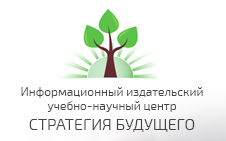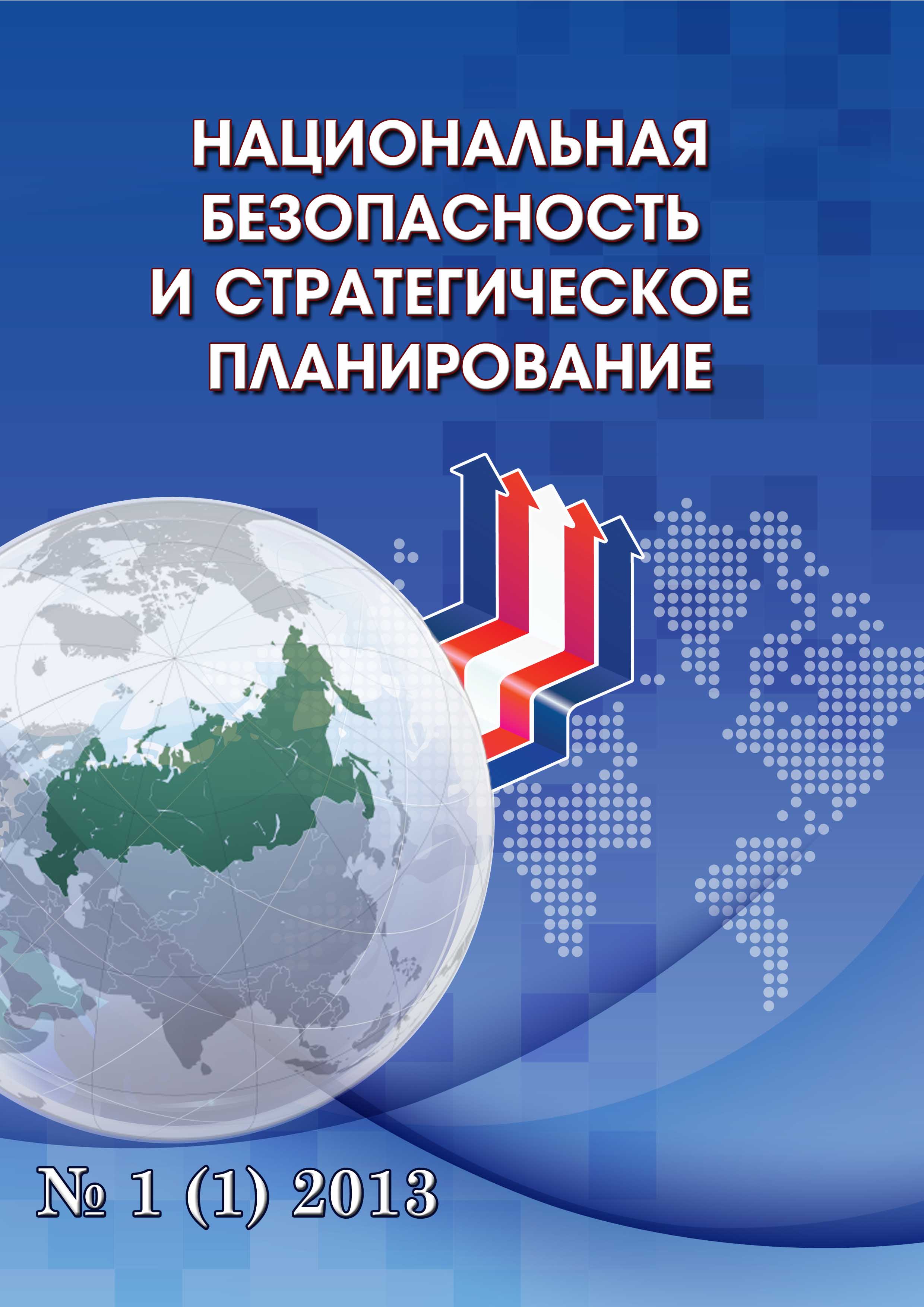Russian Federation
CSCSTI 05.11
CSCSTI 06.51
CSCSTI 10.01
CSCSTI 11.01
CSCSTI 11.25
CSCSTI 78.01
CSCSTI 81.92
CSCSTI 81.93
CSCSTI 82.01
CSCSTI 82.33
CSCSTI 11.15
Using the system analysis, the homological hierarchical organizations of the biosphere and evolutional human society (the sociosphere) with the transfer of specific information within their hierarchical levels from the cell metabolism to ecosystem and religious levels were revealed and described. The cycles of levels functioning embedded into each other by fixed schemes and coinciding with daily, annual and more prolonged environment cycling compose the mechanism of the system (biosphere and sociosphere) clock. The Gumilev’s theory of ethnogenesis was proved mathematically, ethnic and religious systems dynamics therewith was characterized. The analysis of information-rhythmic influence of the biosphere and sociosphere on climate showed that the extensive climate disturbance is caused by the increase of human average life when the corresponding cycles of these hierarchical systems do not already coincide each with other.
information-hierarchical approach, biosphere, sociosphere, development dynamics, climate
1. Kirsta Yu.B. Strukturno-funkcional'naya organizaciya biosfery (informacionno-ierarhicheskiy podhod): avtoref. dis…dokt. biol. nauk: 03.00.16 - Dnepropetrovsk, 1991. - 34s.
2. Kirsta Yu.B. Vzaimodeystvie biosfery s sociosferoy i formirovanie imi klimata // Pyataya Mezhdunarodnaya konferenciya «Sistemnyy analiz i informacionnye tehnologii» SAIT - 2013 (19-25 sentyabrya 2013g., g. Krasnoyarsk, Rossiya): Trudy konferencii. V 2-h t. - T.2. - Krasnoyarsk: IVM SO RAN, 2013. - s. 155-165.
3. Kirsta Yu.B. Time-dynamic quantization of molecular-genetic, photosynthesis and ecosystem hierarchical levels of the biosphere // Ecol. Model. - 1992. - Vol. 62. - P. 259-274.
4. Nikolis G., Prigozhin I. Samoorganizaciya v neravnovesnyh sistemah: Ot dissipativnyh struktur k uporyadochennosti cherez fluktuacii. - M.: Mir, 1979. - 512 s.
5. Korn G., Korn T. Spravochnik po matematike dlya nauchnyh rabotnikov i inzhenerov. - M.: Nauka, 1984. - 832 s.
6. Kirsta Yu.B., Kirsta B.Yu. Informacionno-fizicheskiy zakon postroeniya evolyucionnyh sistem. Sistemno-analiticheskoe modelirovanie ekosistem: monografiya. Izd-e vtoroe, ispr. i dop. - Barnaul: Izd-vo Alt. un-ta, 2014. - 283 s.
7. Biochemical Pathways. Third Edition / Editor: Gerhard Michal. - Mannheim: Boehringer Mannheim GmbH Biochemica, 1993.
8. Uayner Dzh.I. Ekologiya cheloveka // Biologiya cheloveka. - M.: Mir, 1979. - S. 472-596.
9. Gumilev L.N. Etnogenez i biosfera Zemli. - L.: Izd-vo Leningradskogo universiteta, 1989. - 496 s.
10. Gumilev L.N. Geografiya etnosa v istoricheskiy period. - L.: Nauka, 1990. - 280 s.
11. Odum Yu. Ekologiya. - M.: Mir, 1986. - T. 1-2.
12. Kirsta Yu.B. Information-hierarchical organization of biosphere and problems of its sustainable development // Ecol. Model. - 2001. - Vol. 145. - P. 49-59.
13. Zubakov V.A. Global'nye klimaticheskie sobytiya neogena. - L.: Gidrometeoizdat, 1990. - 224 s.
14. Makarieva A.M., Gorshkov V.G. Biotic pump of atmospheric moisture as driver of the hydrological cycle on land // Hydrol. Earth Syst. Sci. - 2007. - Vol. 11. - P. 1013-1033.
15. Zavalishin N.N. Model' zavisimosti temperatury prizemnoy atmosfery ot al'bedo Zemli i teplovoy inercii gidrosfery // Optika atmosfery i okeana. - 2010. - T. 23, № 6. - S. 480-484.
16. Kirsta Yu.B. System-analytical modelling - Part I: General principles and theoretically best accuracies of ecological models. Soil-moisture exchange in agroecosystems // Ecol. Model. - 2006. - Vol. 191. - P. 315-330.
17. Kirsta Yu.B. System-analytical modelling - Part II: Wheat biotime run and yield formation. Agroclimatic potential, Le Chatelier principle, changes in agroclimatic potential and climate in Russia and the U.S. // Ecol. Model. - 2006. - Vol. 191. - P. 331-345.
18. Kirsta Yu.B., Kirsta V.Yu. Information-hierarchical organization of natural systems II: Futures of man-biosphere interactions and climate control // World Futures. - 2010. - Vol. 66. - P. 537-556.
19. Vinogradova G.M., Zavalishin N.N., Kuzin V.I. Izmenchivost' sezonnyh harakteristik klimata Sibiri v techenie HH veka // Optika atmosfery i okeana. - 2000. - T. 13, № 6-7. - S. 604-607.
20. Zolotokrylin A.N. Klimaticheskoe opustynivanie / Otv. red. A.N. Krenke. - M.: Nauka, 2003. - 246 s.
21. Büntgen U., Tegel W., Nicolussi K., et. al. 2500 Years of European Climate Variability and Human Susceptibility // Science. - 2011. - Vol. 331, No. 6017. - P. 578-582.









